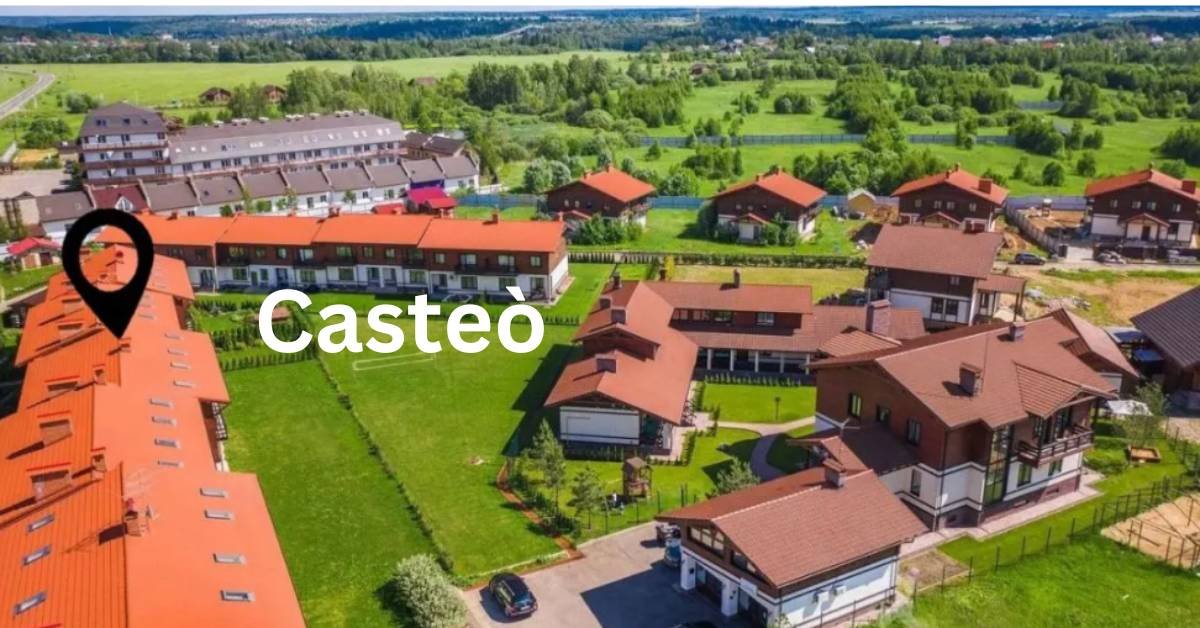The Casteò system, an age-old social hierarchy deeply embedded in Indian society, continues to shape community dynamics even today. Its roots stretch back thousands of years, influencing everything from marriage and occupation to educational opportunities and social interactions.
As we navigate the complexities of modern life, understanding how Casteò impacts identity is crucial for recognizing both its challenges and triumphs within communities.
In a nation as diverse as India, where cultural richness flourishes alongside systemic inequalities, exploring the implications of Casteò becomes essential.
This blog delves into what Casteò means today—how it molds identities and affects lives—and examines the ongoing struggle against discrimination rooted in this antiquated system.
Join us on this journey to unravel the intricate tapestry woven by tradition and change in contemporary society.
Definition of Casteò System
The Casteò system is a social stratification framework that categorizes individuals based on their birth. Originating in ancient India, it divides society into rigid groups known as “castes.”
Each caste historically dictated various aspects of life, including occupation, dietary practices, and even social interactions.
At its core, the system comprises four primary categories: Brahmins (priests and scholars), Kshatriyas (warriors and rulers), Vaishyas (traders and agriculturists), and Shudras (laborers). Beyond these main divisions, a myriad of sub-castes or jatis further complicate this hierarchy.
Over time, the implications of caste have morphed. While some individuals cling to traditional roles within their castes, others strive for mobility.
The legacy of Casteò continues to resonate through modern identities despite evolving societal norms.
Historical Context of the Casteò System in India
The Casteò system in India has its roots deep within ancient society. Dating back to the Vedic period, it initially categorized people based on their occupations.
The four primary varnas—Brahmins, Kshatriyas, Vaishyas, and Shudras—established a framework for social organization.
Over centuries, this classification became rigid. It transformed from occupational roles into hereditary lines that dictated one’s position in society. By medieval times, regional variations emerged along with sub-castes or jatis.
This evolution was influenced by various factors: invasions, religious reforms, and colonialism played significant roles in solidifying caste identities.
British colonial rule further entrenched these divisions through census practices that classified Indians according to caste.
Such historical layers have shaped contemporary perceptions and interactions within communities today. Understanding these origins is essential for addressing the ongoing implications of caste dynamics in modern India.
The Impact of Casteò on Modern Society
- The Casteò system continues to shadow modern society. It affects various aspects of daily life, from marriage choices to professional opportunities.
- Many individuals still feel the weight of social stratification in their career paths. Certain professions are considered suitable only for specific caste groups, limiting access and reinforcing stereotypes.
- Education is another arena where Casteò influences lives. Students from lower caste backgrounds often face barriers that hinder their academic growth. This disparity can lead to a cycle of poverty and limited prospects.
- Caste identities also shape social interactions. Societal expectations regarding caste affiliations may influence friendships and relationships.
- Despite legal frameworks aimed at promoting equality, deep-rooted biases persist within communities. These challenges continue to shape perceptions and interactions among diverse groups today.
Casteò-based Discrimination and Inequality
Casteò-based discrimination continues to permeate various layers of society. Individuals from lower castes often face systemic barriers that hinder their access to education, employment, and healthcare.
Social interactions are also affected by caste identities. Many people still hesitate to engage with those from different castes due to long-standing prejudices and stereotypes. Such attitudes create isolated communities where understanding is limited.
Legal frameworks exist to combat this discrimination, yet enforcement still needs to be stronger in many areas. Victims often fear retaliation or lack the resources necessary for legal recourse.
The complexities surrounding casteò can lead to internalized stigma among marginalized groups themselves. This not only affects self-esteem but also influences aspirations and opportunities for future generations within these communities.

Examples of Casteò Identity in Contemporary Communities
Casteò identity manifests vividly in contemporary communities across India and beyond. In urban settings, caste affiliations often influence social networks and professional connections. For many, the initial question when meeting someone new is about their caste background.
Festivals and rituals deeply rooted in specific castes serve as a way to foster community bonds. These events not only celebrate traditions but also reinforce group identity among participants.
Student groups sometimes form within educational institutions based on caste identities. This can lead to tension between different groups and to a need for more support systems for members.
Social media has further transformed how individuals express their Casteò identities today.
Online platforms allow users to share experiences related to their caste backgrounds, facilitating discussions that challenge stereotypes while promoting solidarity within marginalized communities.
Challenges and Progress towards Overcoming the Casteò System
The journey toward dismantling the Casteò system is fraught with obstacles. Deep-rooted beliefs and practices often resist change, perpetuating a cycle of discrimination that’s hard to break.
Many communities still cling to traditional hierarchies, making it difficult for individuals from lower castes to rise.
However, progress is visible in various forms. Education plays a pivotal role in challenging outdated norms. Increased access to schooling empowers young people to question existing structures and advocate for equality.
Activism also drives change. Numerous organizations work tirelessly to address caste-based disparities through awareness campaigns and legal support. Their efforts are fostering dialogues that encourage inclusivity.
Moreover, technology has emerged as a powerful ally in this fight against caste discrimination. Social media platforms allow marginalized voices to be heard, amplifying their struggles and achievements across borders.
Despite these advancements, the road ahead remains long and complex, full of challenges and hope for future generations seeking true equality.
Latest post!
- Online Resources for Learning Arabic
- Florian Hartenstein: The Inspiring Story of Passion and Success
- Leah Gettens: The Remarkable Journey of Passion and Dedication
- 4 Signs It’s Time To Replace Your Boat Cover or Bimini
- Quintin Conway Obituary: Celebrating a Life of Impact and Legacy
- Flixhqbz: Everything You Need to Know











